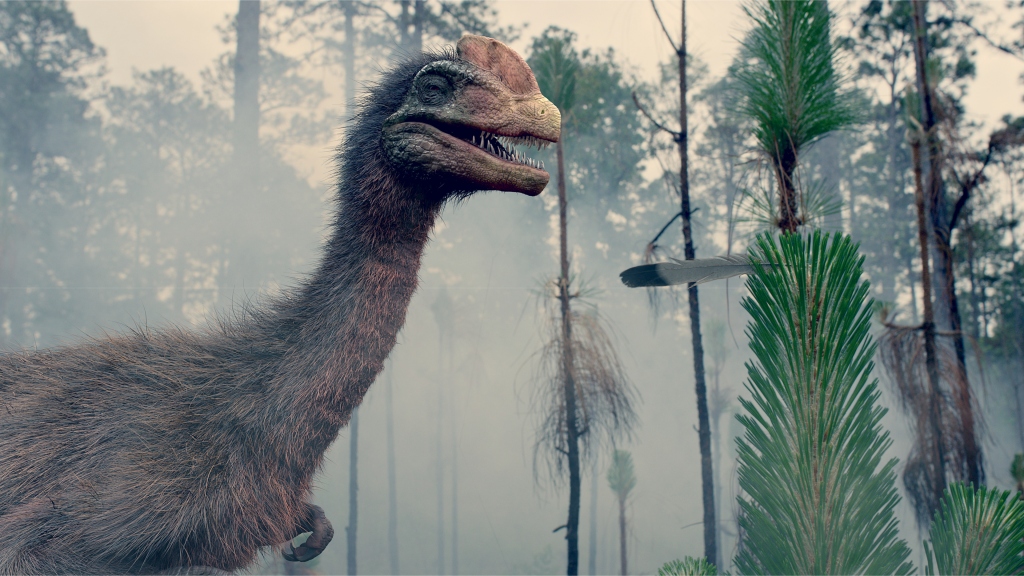For over a century, expert artists have been creating animations to keep us entertained. Emile Cohl produced the first ever animated film in 1908. The short movie Fantasmagorie tells the story of a stick man that runs along bumping into morphing objects. The animation was created by drawing each frame on paper, then taking a photo to capture it on film. The film was played back through a projector, and the characters came to life.
While the core principles of animation have survived the test of time, the techniques and methods have developed drastically. In this article, we will explore five of the most innovative techniques that transformed the industry.
Phonofilm
While Fantasmagorie was a great foray into the world of animation, it lacked one key component – sound. As with live-action movies of the time, the film was silent. In the early 1920s, a new type of film was developed that contained both the images and audio. It was aptly named Phonofilm. The audio was recorded as parallel lines that represented the electrical waveforms from the microphone. One of the first animations to make use of this new technology was “Oh Mabel” in 1924. Disney subsequently refined the technology in the 1928 classic – Steamboat Willie. Over the following decades, several competing sound formats came and went.
Rotoscoping
One of the problems with early animation was the lack of reference when making characters move. Although it is easy to imagine what a character walking along might look like, capturing the movement naturally on paper is more challenging than you would think. Luckily Rotoscoping was developed. This technique allows animators to trace the movement of a character from live-action footage into the animation. Originally a manual process, the technique is now performed using video editing software. You can learn more about what is rotoscoping by taking a course. Make sure you choose the right course for your software package.
Multiplane camera
In the early days of animation, every frame needed to be drawn/painted. This was incredibly time-consuming. Walt Disney and his team were always looking for ways to improve the process of creating high-quality animations. In the 1930’s they developed the Multiplane Camera. The camera used many glass plates that could slide around. The background scene could also be moved. A photograph would then be taken of the resulting screen. The characters and scene would be adjusted, and the next frame was taken. This was repeated until the animation was complete. This method of creating frames gave the animations a new level of depth. For example, a character could walk down a pathway into the distance.
Xerography
Another time-consuming task was the hand-inking stage of the animation process. This required each frame to be hand-drawn. In the 1940s, a new method of printing the animator’s drawings directly on to the cells was developed. This process was named Xerography and shared many similarities with the techniques used in Xerox Photocopying machines. Disney continued to use this process up to the end of the 1980s.
CGI
Arguably the most significant innovation in the history of animation was the development of Computer-Generated Imagery. CGI allows animations to be created completely using a computer. Pixar Animation studios pushed the boundaries of CGI in the early 1990s. By 1995 they were ready to release the world’s first computer-generated 3D animated feature – Toy Story. Following Toy Stories success and the continual development of CGI technologies, almost all modern movies incorporate CGI elements. The standard is now so high that it can often be hard to distinguish between CGI objects and real-world objects. This has led to huge savings by reducing the need for large set builds and expensive special effects. For example, need to blow a building up? There is no longer a need to build a set and cause a real explosion. Simply create it using CGI. Combined with greenscreen, the results are excellent.
Final thoughts
From the beginning of animation 100 years ago, animators have been pushing the limits of the day’s technology. These innovations have resulted in improvements in quality, as well as simplifying the animation process. Keeping up with the latest techniques can prove difficult if you are not working in the industry. Many people choose to learn about the latest animation techniques through sites such as Skillshare. You may want to read a Skillshare review before signing up.
